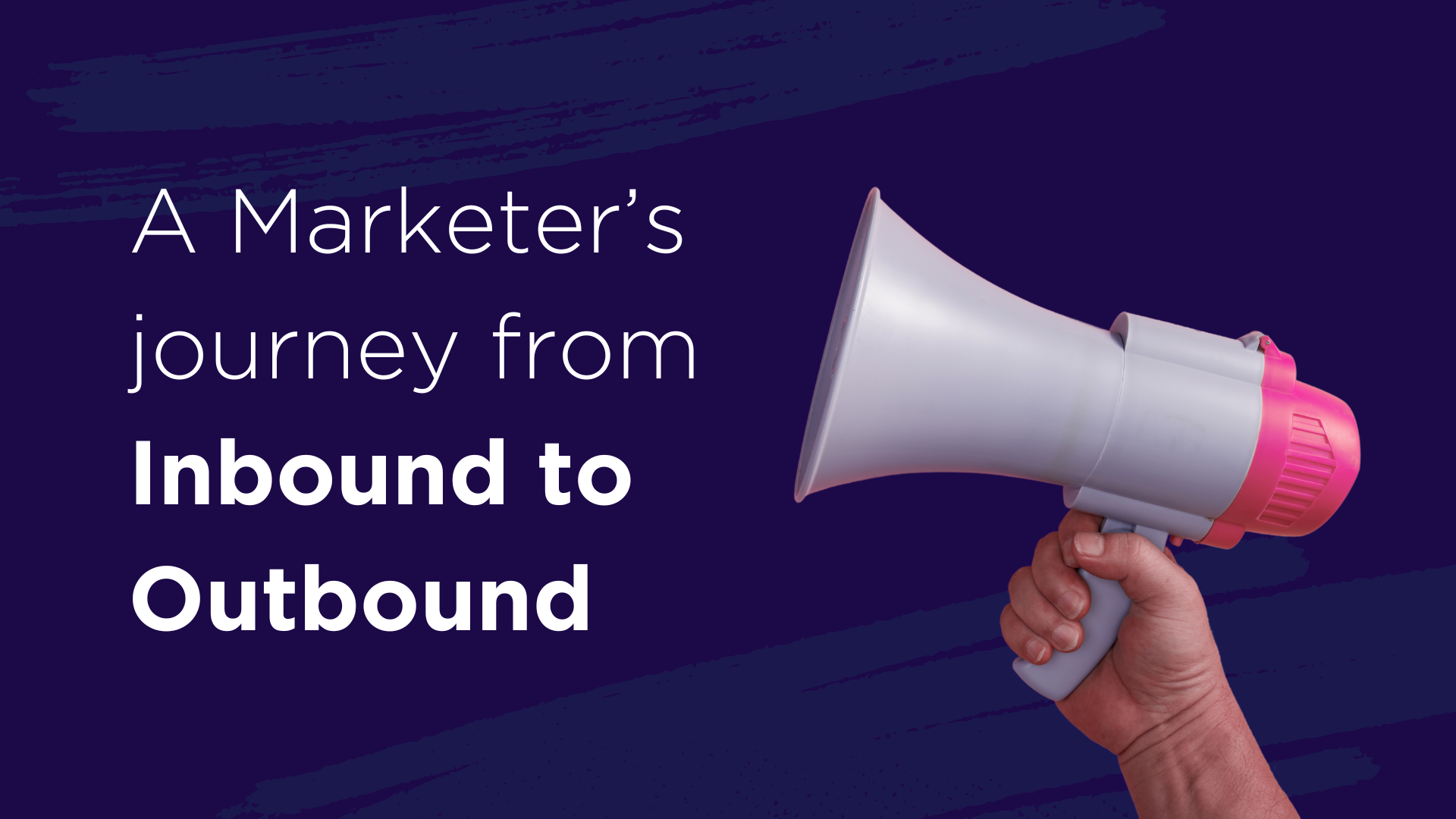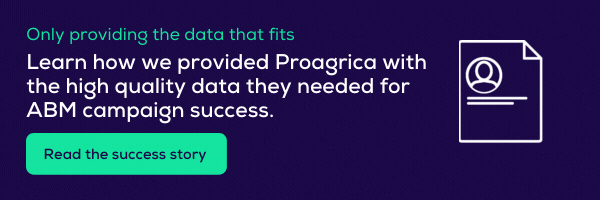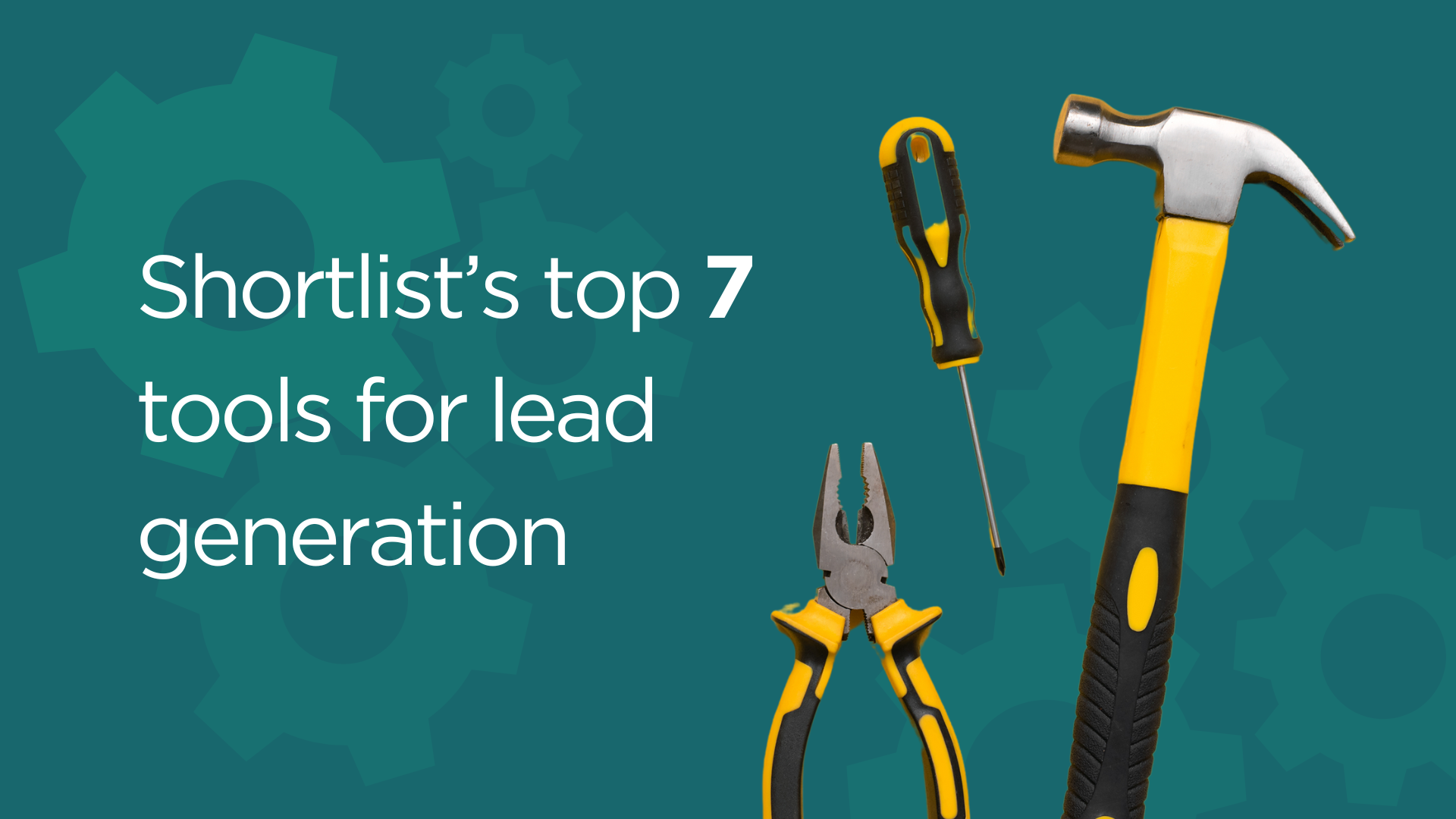Back when I started my first marketing role six years ago, I was lucky enough to be introduced to HubSpot almost immediately. This meant I didn’t need to use disparate, siloed marketing tools, pull reports from all over the place, or struggle to create highly targeted content assets and emails. But it also meant that every piece of marketing training I had was on — you guessed it — Inbound.
Now, that’s not a bad thing by any means. In fact, I would consider myself spoiled! Creating Inbound content to entice your ideal customer is a highly successful way to generate warm leads for your business.
However, this meant I had absolutely no training on Outbound marketing. Every article I read, webinar I watched, and event I attended was about Inbound marketing reigning king, and how Outbound was an outdated way of generating leads for businesses.
This article is how I put down the Kool Aid and changed my mind about that.
First off, what was my perception of Outbound and Inbound?
In a nutshell, Inbound leads are those that find you; Outbound leads are those found by you.
I knew that Inbound leads take time — time that’s spent understanding your ideal customer persona and creating content to attract and engage them, keeping up with search algorithms, and nurturing leads through the buyer journey into sales.
My perception of Outbound, on the other hand, was reserved for when you wanted more control over who your leads are or didn’t have the time or budget for the Inbound practices mentioned above.
Common examples of outbound sales techniques I’d heard of are:
- Phonecalls
- Emails
- Door to door visits
- Direct mail
- Trade shows and industry events.
A lot of modern marketers that came into the industry when Inbound was new and shiny (like I did) may tell you that Outbound seems pushy, an inefficient use of your time, and hugely outdated. However, it’s important to understand the role Outbound plays in modern day sales and marketing. Because with it, you control entirely who gets your message. While you can run content campaigns to attract businesses to your website through Inbound techniques, that bullseye targeting and human interaction is still a vital part of turning those leads into sales.
Outbound isn’t dead, just the annoying aspects of it.
When I used to hear the word ‘Outbound’, I used to picture vast call centres filled with Britney-circa-2000s headset-wearing callers desperately trying to make their commission on anyone that picks up the phone. And this might be your perception too. But since joining Shortlist and seeing how they create highly-successful, multi-channel campaigns that borrow elements from both Inbound and Outbound, I’ve realised that’s not actually how it works in the year 2021.
Now, thanks to the technologies, tools and techniques developed to make segmentation, targeting, and buyer intent easier to spot, Outbound is all about highly relevant, personalised outreach that ensures the ‘cold’ call isn’t actually that cold at all.
With Outbound, you’ve always been able to use the human element of chatting on the phone to curate your own story and take your message directly to the people who make the decision to buy from you. It’s just that this has been wasted time and again on blanket-calling en masse.
Like Inbound, modern Outbound outreach takes knowing who those people are, an in-depth understanding of their pains and problems, and a unique USP that resonates with these people. But unlike Inbound, you get to the people who will buy from you much, much faster.
High-quality data is what makes Outbound techniques work
At risk of absolutely murdering the ‘fishing’ metaphor, instead of casting out a giant net in the big blue sea and seeing what comes along, modern Outbound techniques give you a much smaller pool filled with very specific kind of fish. That is to say that with Outbound, you’re in control of exactly who you’re reaching out to.
Of course, this means data is going to be your greatest asset and must be of the best quality. There’s no use saying you want to target a mid-size technology business’ CTO if you don’t have the correct, most up-to-date contact details for them.
Now, I use a curated mixture of Inbound and Outbound techniques to generate quality leads, prioritising the quality, not quantity of our data to make sure we only reach out to those who have taken an interest or would legitimately buy from us.
These targeted contacts will always have been ‘warmed up’ first through LinkedIn outreach or email prior to calling. And if they’re not ready to buy, we’ll send them helpful, highly-relevant content to nurture them into being sales-ready. It's this powerful balance of Inbound and Outbound working together that helps us generate high-quality opportunities for our clients.



